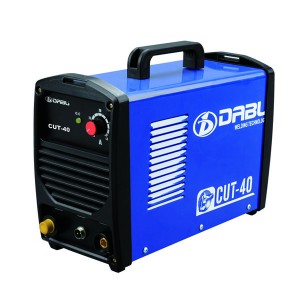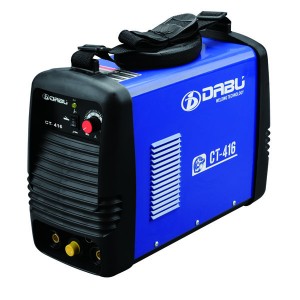When you need to cut metal to size, there are many options. Not every craft is suitable for every job and every metal. You can choose flame or plasma cutting for your project. However, it is important to understand the differences between these cutting methods.
The flame cutting process involves the use of oxygen and fuel to create a flame that can melt or tear the material. It is often referred to as oxy-fuel cutting because oxygen and fuel are used to cut the material.
The flame cutting process involves the use of oxygen and fuel to create a flame that can melt or tear the material. It is often referred to as oxy-fuel cutting because oxygen and fuel are used to cut the material.
To heat the material to its ignition temperature, flame cutting uses a neutral flame. Once this temperature is reached, the operator presses a lever which releases an additional stream of oxygen into the flame. This is used to cut material and blow out molten metal (or scale). Flame cutting is an excellent choice because it does not require a power source.
Another thermal cutting process is plasma arc cutting. It uses an arc to heat and ionize the gas to produce plasma, which is different from flame cutting. The tungsten electrode is used to create an arc on the plasma torch, the ground clamp is used to connect the workpiece to the circuit, and once the tungsten electrode is ionized from the plasma, it overheats and interacts with the ground workpiece. The best will depend on the material being cut, overheated plasma gases will vaporize the metal and blow out scale, plasma cutting is suitable for most well-conductive metals, not necessarily limited to steel or cast iron, cutting aluminum and stainless steel is also possible, this process can also be automated. Plasma cutting can cut materials twice as thick as flame cutting. Plasma cutting should be used when high-quality cutting is required for metals less than 3-4 inches thick
Post time: Aug-24-2022

